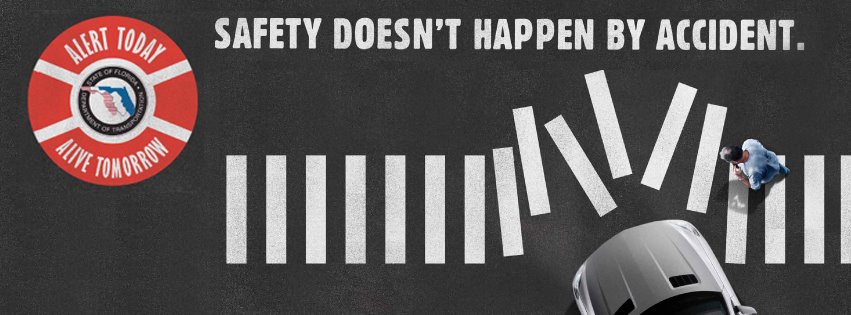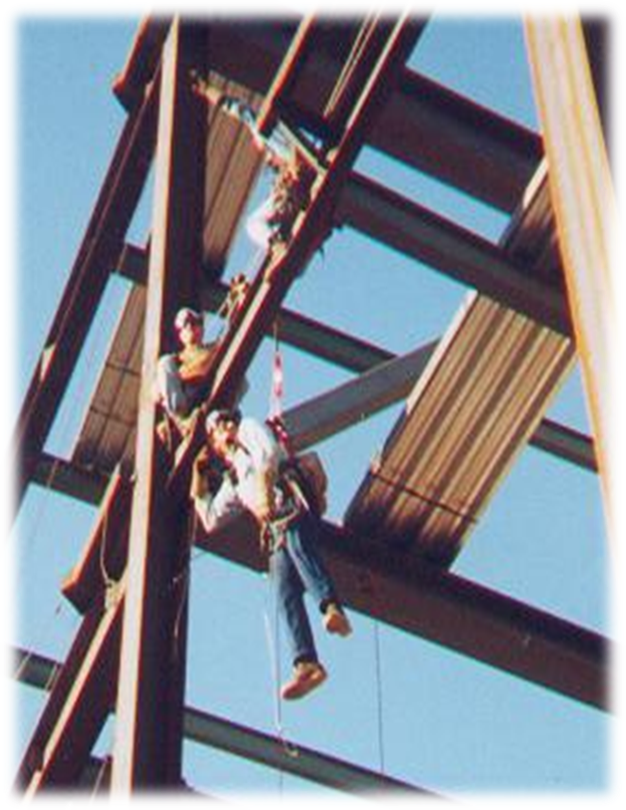
OSHA’s Enforcement Measures in Residential Construction Extended Through December 15
OSHA has recently announced that their temporary enforcement measures in residential construction will be extended for three more months, until December 15, 2012.

These measures include:
- Priority free onsite compliance assistance;
- Penalty reductions;
- Extended abatement dates;
- Measures to ensure consistency; and
- Increased outreach.
As part of their efforts, OSHA has been actively working closely with the industry. Since October of last year, their On-Site Consultation Projects completed more than 2,500 onsite visits, conducted 925 training sessions, and delivered 438 presentations regarding residential construction. They also conducted more than 800 outreach activities on the directive. Another method they use to assist companies and organizations is by providing information of the industry on their website. They will continue to assist with educational and training materials to help facilitate employers with compliance.
All this is available in their webpage here and their Fall Prevention Campaign.
For more information on our Residential Fall Protection training, give us a call at 407-353-8165 or visit us here https://safetylinks.net/index.php/training/construction-safety-courses/residential-fall-protection.
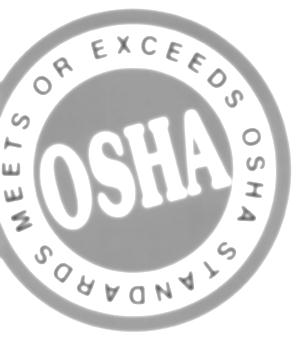
 OSHA’s Severe Violator Enforcement Program (SVEP), which lists companies and organizations as employers who demonstrate indifference to OSHA regulations, has published criteria that will allow them to be removed from the list. This criteria was issued on August 16 and the employer on it may be considered for removal after the following:
OSHA’s Severe Violator Enforcement Program (SVEP), which lists companies and organizations as employers who demonstrate indifference to OSHA regulations, has published criteria that will allow them to be removed from the list. This criteria was issued on August 16 and the employer on it may be considered for removal after the following: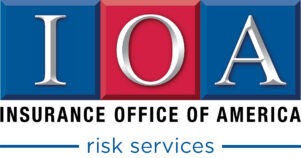
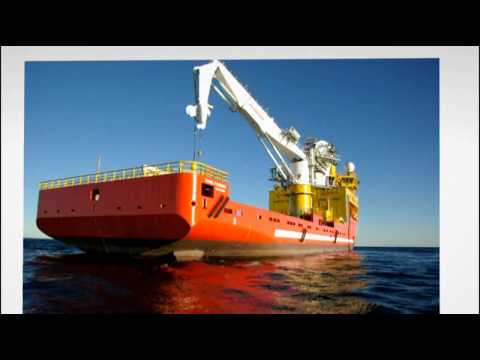


 According to a recent AOPL survey, "spills from crude oil pipelines are down 70% over the last 10 years and spill volumes are down 40%. After an industry integrity management initiative, incidents caused by corrosion are down 73%, equipment failures down 50%, operational errors are down 40% and material and weld failures are down 30%."
According to a recent AOPL survey, "spills from crude oil pipelines are down 70% over the last 10 years and spill volumes are down 40%. After an industry integrity management initiative, incidents caused by corrosion are down 73%, equipment failures down 50%, operational errors are down 40% and material and weld failures are down 30%."